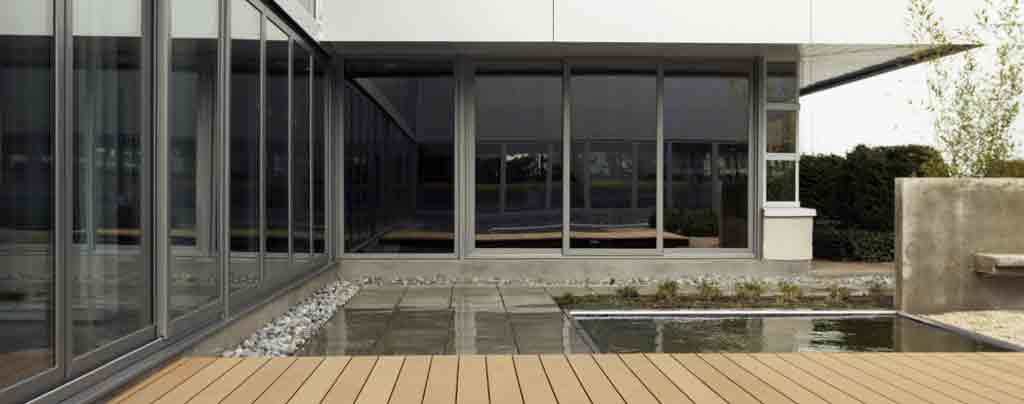All Categories
Featured
Table of Contents
Glazing in Neerabup WA
That window can send more solar heat in winter than in summer. A west-facing window on a summertime's afternoon has an angle of occurrence from near 0 as much as 30 with a big efficient area of solar radiation. A north-facing window, in summer, has a high angle of incidence and a low efficient area of solar radiation, so can send less heat than a west-facing one.

You can rapidly and easily improve the thermal efficiency of your home by replacing your windows. This is among the most efficient approaches of restoration to achieve better thermal convenience. There are thousands of types of glass and frames to pick from. Picking the right ones is essential to improving the energy efficiency of your home.
The Surprising Benefits Of Double Glazing In The Summer ... in Kingsley WA
There are several types of glass items to select from. Single glazing uses a single pane of glass. Single glazing with clear glass is not very efficient when it concerns heat loss or gain. To enhance performance, you can use single glazing with a more energy-efficient kind of glass such as low emissivity (low-e) glass.
Several layers can be assembled with sealed cavities between each sheet of glass. IGUs typically provide much better energy performance than single glazing, because they send less energy. However, the energy performance of IGUs also depends on: the properties of each layer of glass. Various glass types (for instance, clear and low-e glass) can be created in an IGU.
The Surprising Benefits Of Double Glazing In The Summer ... in South Lake Perth

IGU cavities can be filled with air or a more inert, low-conductivity gas such as argon the width of the cavity. Larger cavities supply lower (much better) U worths, with 12mm typically accepted as the favored space how well the cavity is sealed.
If argon is set up to the cavity in location of air, moisture is reliably excluded the level of desiccant (drying representative). The spacer (metal or polymer strip) that separates the glass layers consists of a desiccant to soak up any wetness. Insufficient desiccant might trigger wetness to condense on the glass surface area in cold conditions, minimizing thermal efficiency.
The Science Behind Double Glazed Windows in Henley Brook Western Australia
IGUs can deliver better energy efficiency for all climates, particularly in heated and air-conditioned homes. Cross-section detail of single, double and triple-glazing systems Low emissivity glass (typically known as low-e glass) lowers heat transfer. Low-e glass may be either high or low transmission: High transmission low-e glass has a finishing that allows daylight from the sun to pass into the home to accomplish good solar heat gain, but minimizes the quantity of the long wavelength infrared heat that can get away back through the window.
Low-e glass has either a pyrolytic coating or a vacuum-deposited thin movie metal finish. Pyrolytic coatings are long lasting and can be utilized for any glazing; vacuum-deposited coatings are soft and are only utilized within IGUs. Low-e coatings can significantly improve both U value and SHGC; however, they must be utilized correctly or they will either deteriorate or fail to perform as required.
Twinglaze® Double Glaze Specification Act - Vic in Inglewood WA
Low-e finishes can be utilized in combination with clear, toned or reflective glass. Low-e coverings on glazing can decrease heat transfer where needed Photo: Department of Market, Science, Energy and Resources Toned glass has actually colouring ingredients included throughout manufacture. It is offered in numerous colours, typically bronze, grey, blue and green.
Table of Contents
Latest Posts
Double Glazed Vs Single Glazed Windows in Wexcombe Perth
Which Is The Best Type Of Double Glazing? - Which? - Which.co.uk in Subiaco Western Australia
4 Benefits Of Double Glazed Windows In The Summer in Champion Perth
More
Latest Posts
Double Glazed Vs Single Glazed Windows in Wexcombe Perth
Which Is The Best Type Of Double Glazing? - Which? - Which.co.uk in Subiaco Western Australia
4 Benefits Of Double Glazed Windows In The Summer in Champion Perth